Decorating with White — Designers Share How to Create Sophisticated and Welcoming Spaces
Make white rooms inviting, full of decorative interest, and easy to maintain with these easy expert tips
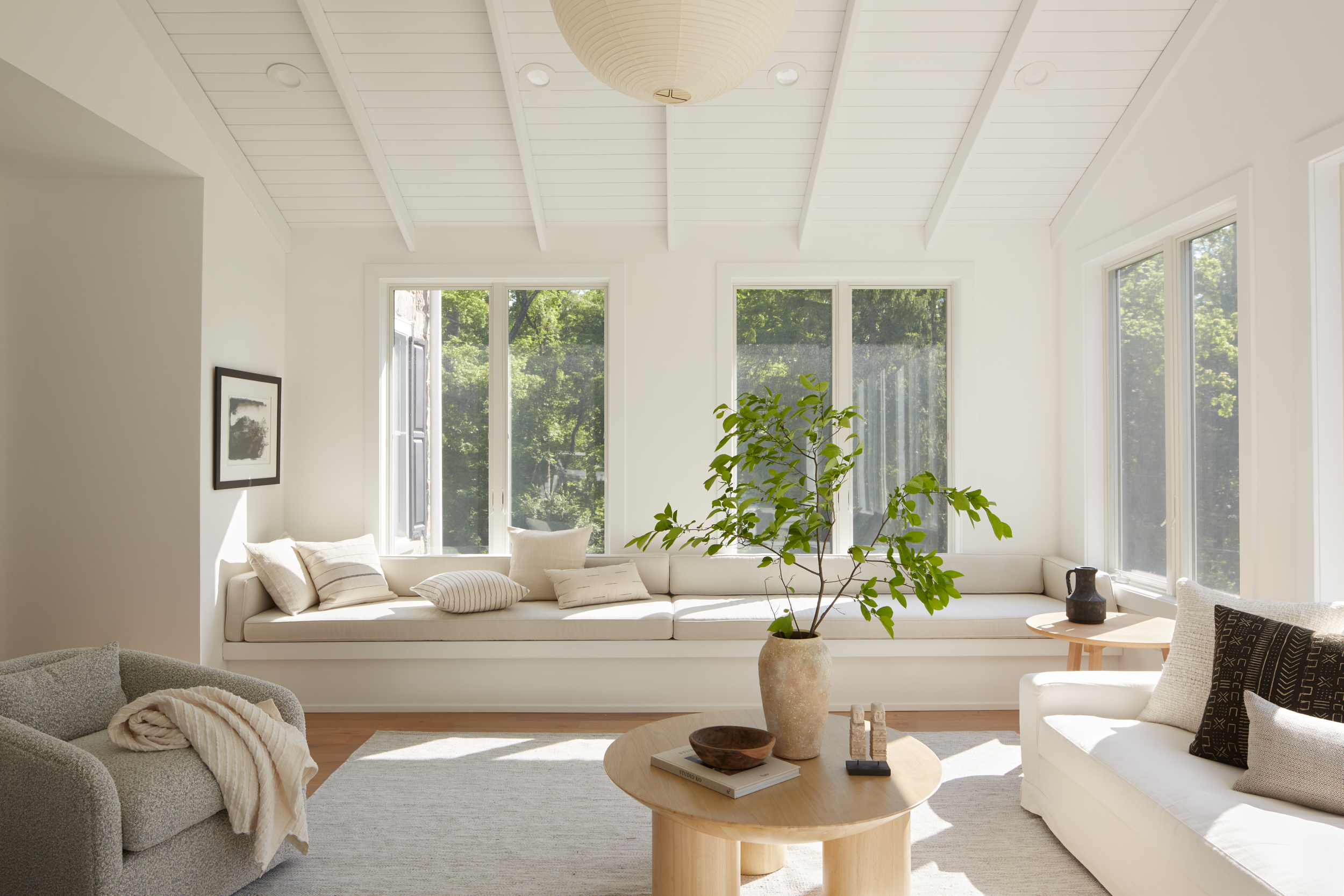

Decorating with white promises rooms that feel pristine and sophisticated as well as spacious and airy. But they equally risk feeling one-note and cold when they’re not well executed.
If you’re decorating a room with white walls, it can act as a foundation for the design; a canvas upon which other features pop. But use the color all over, however, in your palette, furnishings, and styling, and all the while elements much combine beautifully for a room that remains decoratively rich. Sounds simple, but it's not.
So, whether you’re starting from scratch in decorating with white, or rescuing a white room that seems to have fallen flat, below, we've shared designer secrets that will show you the way to success.
1. Choose the shade with care

The immediate challenge of choosing to decorate with white is that there isn’t just one white.
“White isn’t a one-size-fits-all color, especially when it comes to paint,” explains interior designer Philippa Radon, color and design expert at luxury handcrafted paint company C2 Paint. “There is an infinite scale of whites — from pure white to those with an undertone of some kind.”
The undertones influence how a white appears. Undertones of red, orange or yellow make whites warmer, while those with undertones of blue, green or violet are cooler and, in turn, this produces different effects.
As for how to choose the right white? “Warmer whites, whether for fabrics or paint, create a cozy and inviting feel whereas cooler whites feel crisp and modern,” says Los Angeles based interior designer Victoria Holly.
The Livingetc newsletters are your inside source for what’s shaping interiors now - and what’s next. Discover trend forecasts, smart style ideas, and curated shopping inspiration that brings design to life. Subscribe today and stay ahead of the curve.
2. Factor in the room’s orientation
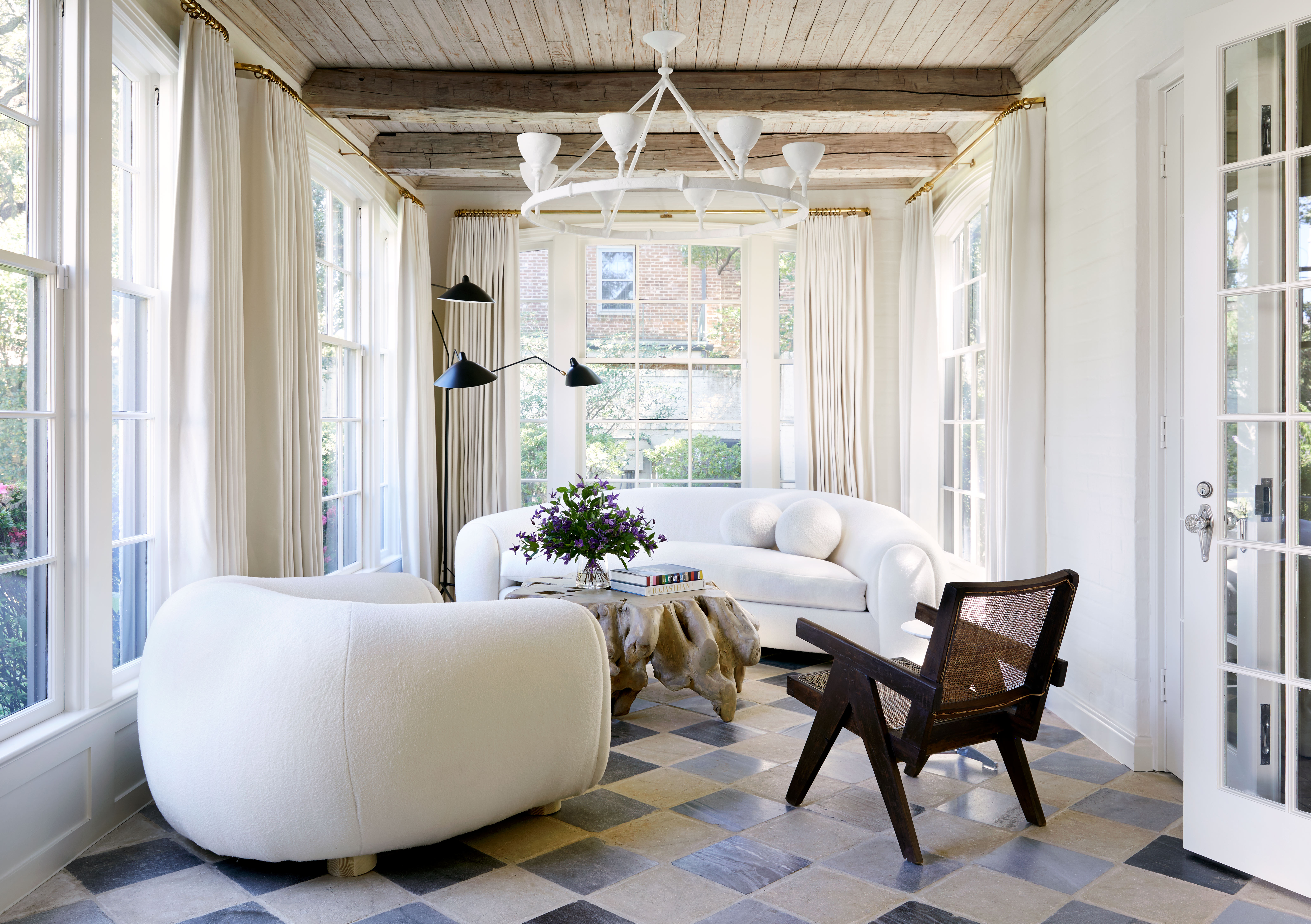
It’s not only the shade of white that counts when decorating with white. “The right shade can vary dramatically depending primarily on the natural light in the room,” says Philippa Radon.
Warmer whites are preferable in north-facing rooms where the light tends to bring out cooler tones. For a south-facing room, cooler whites are possibilities.
Either way, testing colors is the way to finding the right white. “Pick a few options and see how they read and feel on your walls at different times of the day,” Philippa advises. This is particularly important in east and west-facing rooms where the light is brightest in the morning and evening respectively.
3. Consider the mood
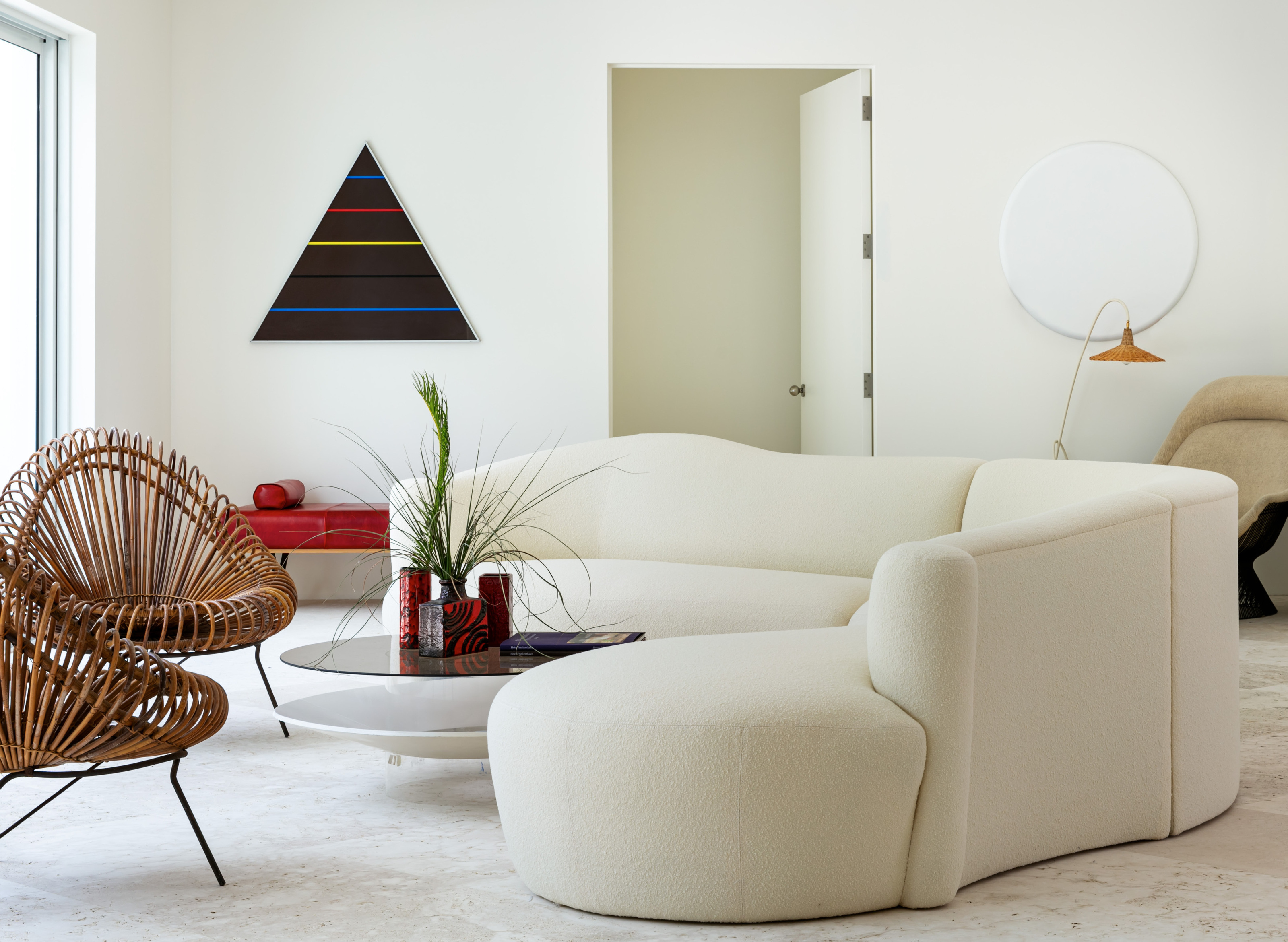
Color influences mood — for instance there are colors that make you feel happy and energetic. But despite the fact that white is often considered as decorating’s blank canvas, it’s no exception.
“White of any shade will always hold a level of sophistication and can have a powerful effect on mood,” says Philippa Radon. “It’s known for evoking feelings of peace and serenity, and is often chosen for its ability to allow spaces to appear larger and more open.”
But balance is also important and elements like wool, linen, metal and wood, and incorporating greenery can help create this within the space, she suggests.
4. Select the right lighting

Testing white paints in the natural light in your room is worthwhile, but it’s also crucial to plan artificial lighting that complements a white design perfectly.
Feng shui expert and architect Anjie Cho, co-author of the book Mindful Living (available from Amazon), suggests 2700K warm white lighting temperatures.
“I think it’s essential to have warm lighting with white spaces,” she says.
5. Factor in fabric maintenance
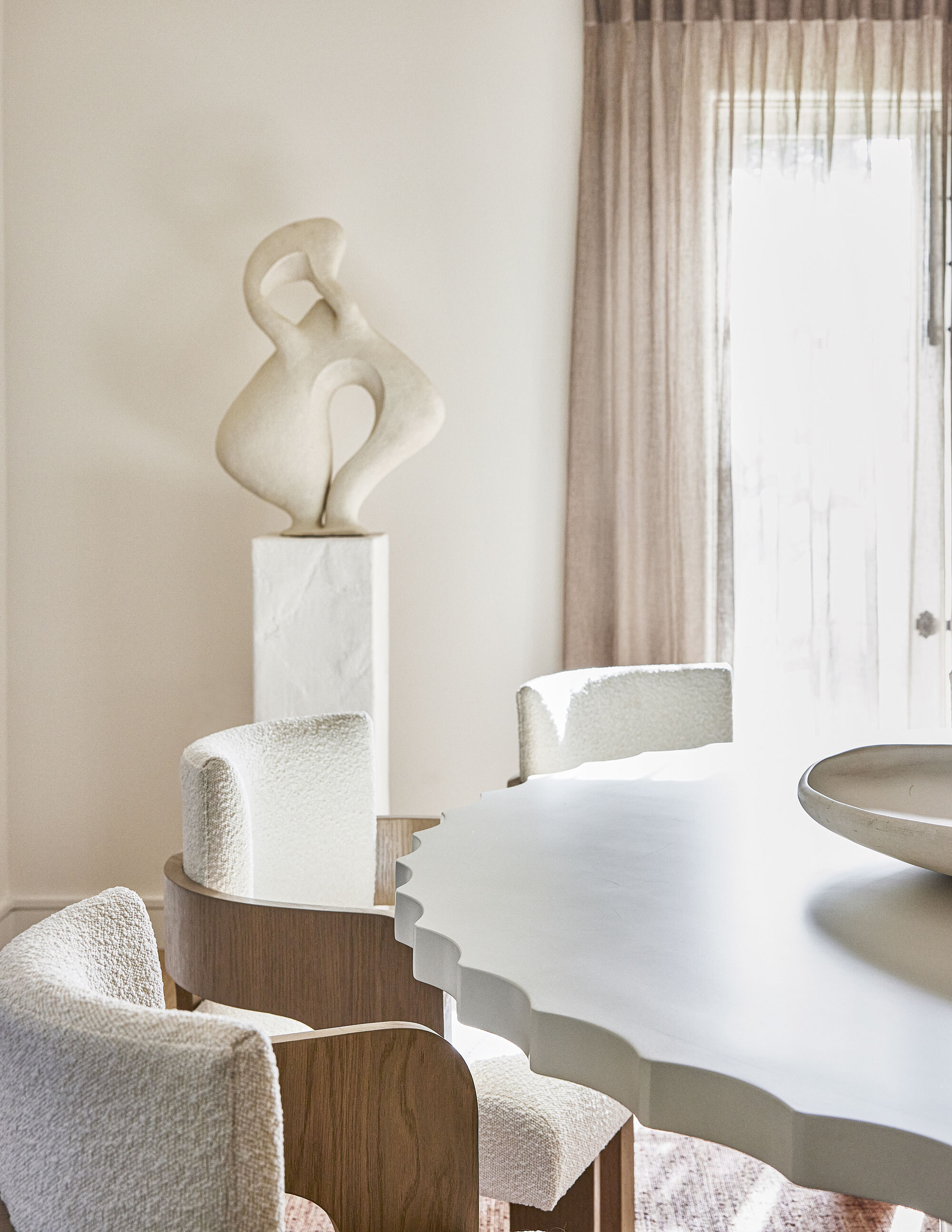
White fabrics have a luxurious look — but only if they stay white, so consider their care needs. (Which are generally quite high.) Yes, bouclé is a stylish fabric choice for a sofa, but do you know how to clean bouclé fabric?
“Ultimately the color (or lack of!) doesn’t matter as much as the material and content make of the fabric,” says Victoria Holly. “Fabrics made with acrylic, polyester, and nylon will be easier to clean than cotton or linen as their fibers are smoother so it makes it harder for stains to adhere. In regards to material, smooth fabrics such as velvets also are easier to clean.”
You might look at performance fabrics, too. Modern versions don’t make their easy-care nature apparent, but they tend to be the most low maintenance couch material.
6. Create variation
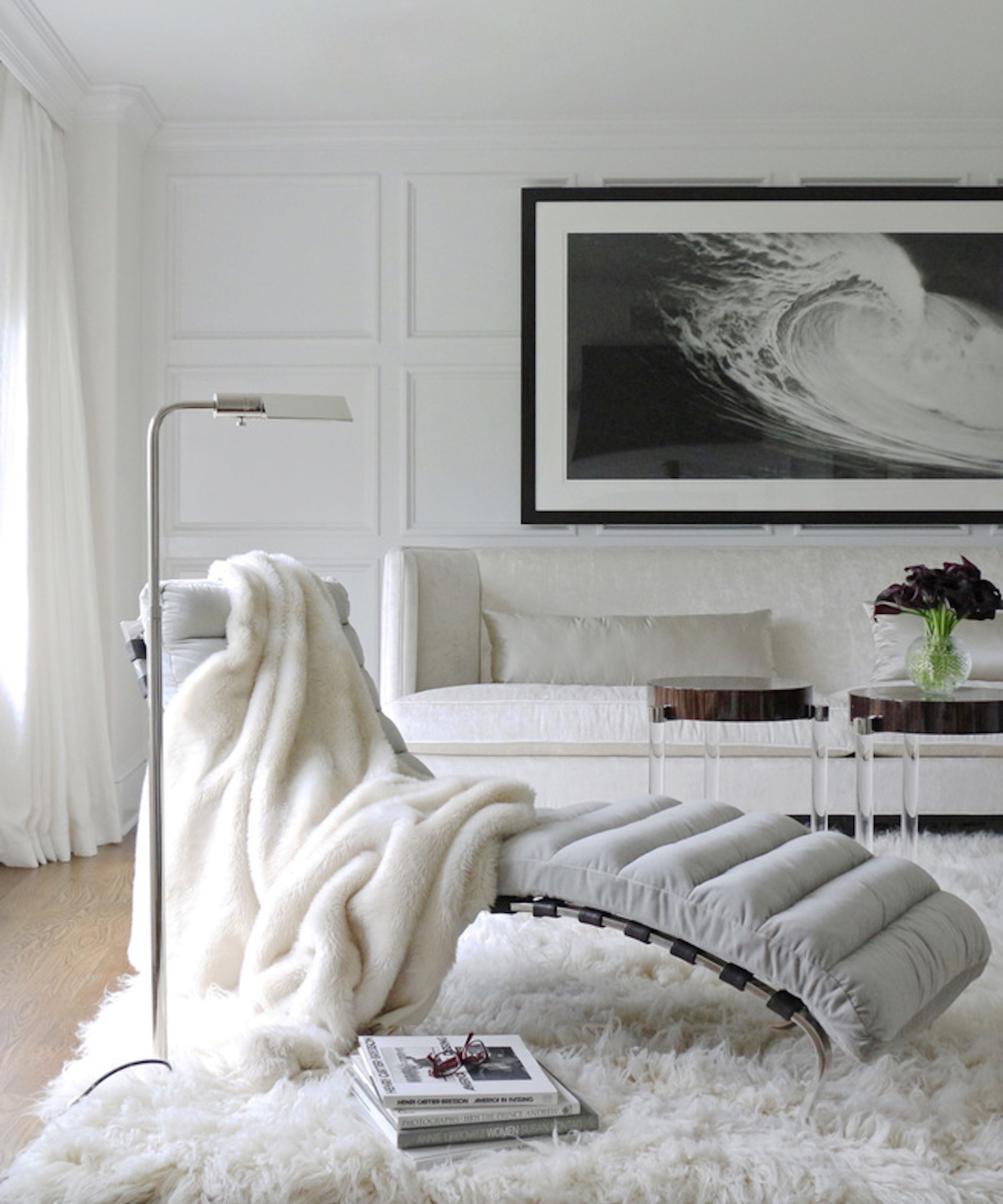
Choosing to decorate with a restrained palette doesn’t mean you can’t combine — but with a white design, that means layering together different whites, which can be tricky.
“You can easily layer different whites if you are careful with tone,” says Victoria Holly. “Be careful not to pair a warm white with a cool white when you aren’t balancing out those whites anywhere else.”
And it's important to contrast textures, too. “Layering textures — like soft linens, cozy throws, and natural wood accents — helps prevent a stark or sterile feel,” she adds.
White is often characterised as the quiet backdrop but the variety of its shades provides plenty to work with in creating inviting as well as sophisticated white room designs.
Careful choices mean a room can appear spacious and airy as well as warm and welcoming — and still easy to maintain.

Sarah is a freelance journalist and editor. Previously Executive Editor of Ideal Home, she’s specialized in interiors, property and gardens for over 25 years. She’s written for websites including Houzz, Channel 4’s flagship website, 4Homes, and Future’s T3; national newspapers including The Guardian; and brands including Future’s Homes & Gardens, Country Homes & Interiors, Homebuilding & Renovating, and Period Living, as well as House Beautiful, Good Homes, Grand Designs, Homes & Antiques, and The English Home among others. It’s no big surprise that she likes to put what she writes about into practice, and is a serial house renovator.